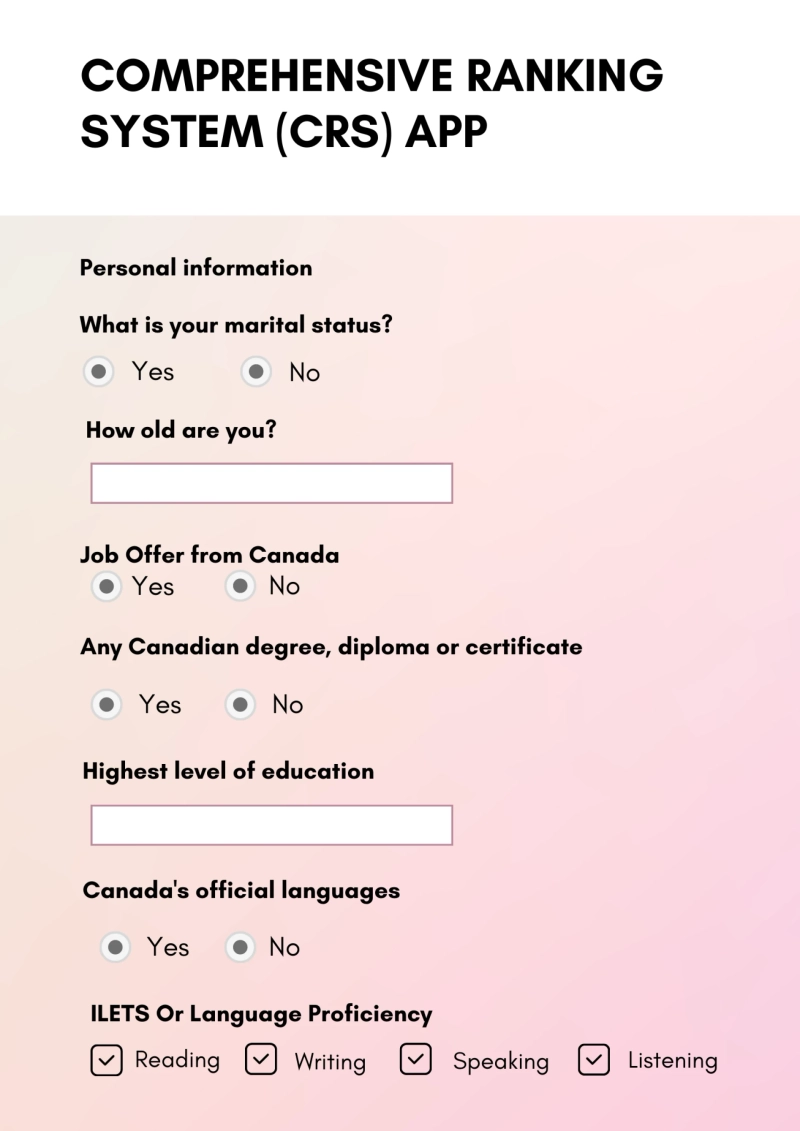Canada is widely renowned for its welcoming stance towards immigration and the Express Entry system is a testament to this. Introduced by the Canadian government in 2015, Express Entry is an innovative, efficient online system for managing applications for permanent residence from skilled workers.
A Comprehensive Ranking System (CRS) draw - a critical element that determines who gets an invitation to apply for permanent residency. Let's delve into what the CRS draw entails and how it works.
What is the CRS Draw?
The CRS draw, short for Comprehensive Ranking System draw, is a point-based system used by Immigration, Refugees and Citizenship Canada (IRCC) to assess and score candidates in the Express Entry pool. Candidates are ranked in the pool using a score out of 1,200 points based on factors such as age, education, skilled work experience, and proficiency in English or French.
The CRS draw typically takes place every two weeks. During each draw, the IRCC selects a specific number of highest-ranking candidates and invites them to apply for Canadian permanent residency. The minimum score to receive an invitation changes with each draw, depending on the pool's size and the Government of Canada’s immigration targets.
How does the CRS Draw work?
The CRS draw operates on the principles of competitiveness and fairness. Every candidate in the Express Entry pool is assigned a CRS score. The score is dynamic and can change due to updates in the candidate's profile, such as gaining more work experience, improving language skills, or receiving a nomination from a Canadian province.
When the IRCC conducts a CRS draw, they set a minimum score requirement. The candidates with a CRS score at or above this cutoff are then extended an Invitation to Apply (ITA) for permanent residency. The number of invitations issued during a draw depends on a variety of factors, including the number of candidates in the Express Entry pool, the quality of the profiles, and Canada's annual immigration levels plan.
Increasing Your CRS Score
Since the CRS score is dynamic, there are several ways a candidate can increase their points.
Improve Language Skills: Proficiency in English and French can contribute significantly to the CRS score. By improving your language skills and retaking the language test, you can increase your points.
Gain More Work Experience: The more skilled work experience you have, the higher your CRS score can be. It's important to note that Canadian work experience is valued more than foreign work experience.
Pursue Higher Education: Attaining higher levels of education can contribute positively to your CRS score. This can be particularly beneficial if the education is obtained in Canada.
Secure a Provincial Nominee Program (PNP) Nomination: If you get a provincial nomination, you automatically gain 600 points towards your CRS score. Each Canadian province has its own PNP, with specific criteria and streams.
Conclusion
Navigating the Canada Express Entry system and the CRS draw can seem complex, but understanding how it works can significantly increase your chances of success. With careful planning, consistent efforts, and strategic improvements to your profile, you can increase your CRS score and secure that coveted ITA for Canadian permanent residency. Canada's Express Entry is not just a pathway to a new life in Canada; it's an invitation to be part of one of the most diverse and inclusive societies in the world.


